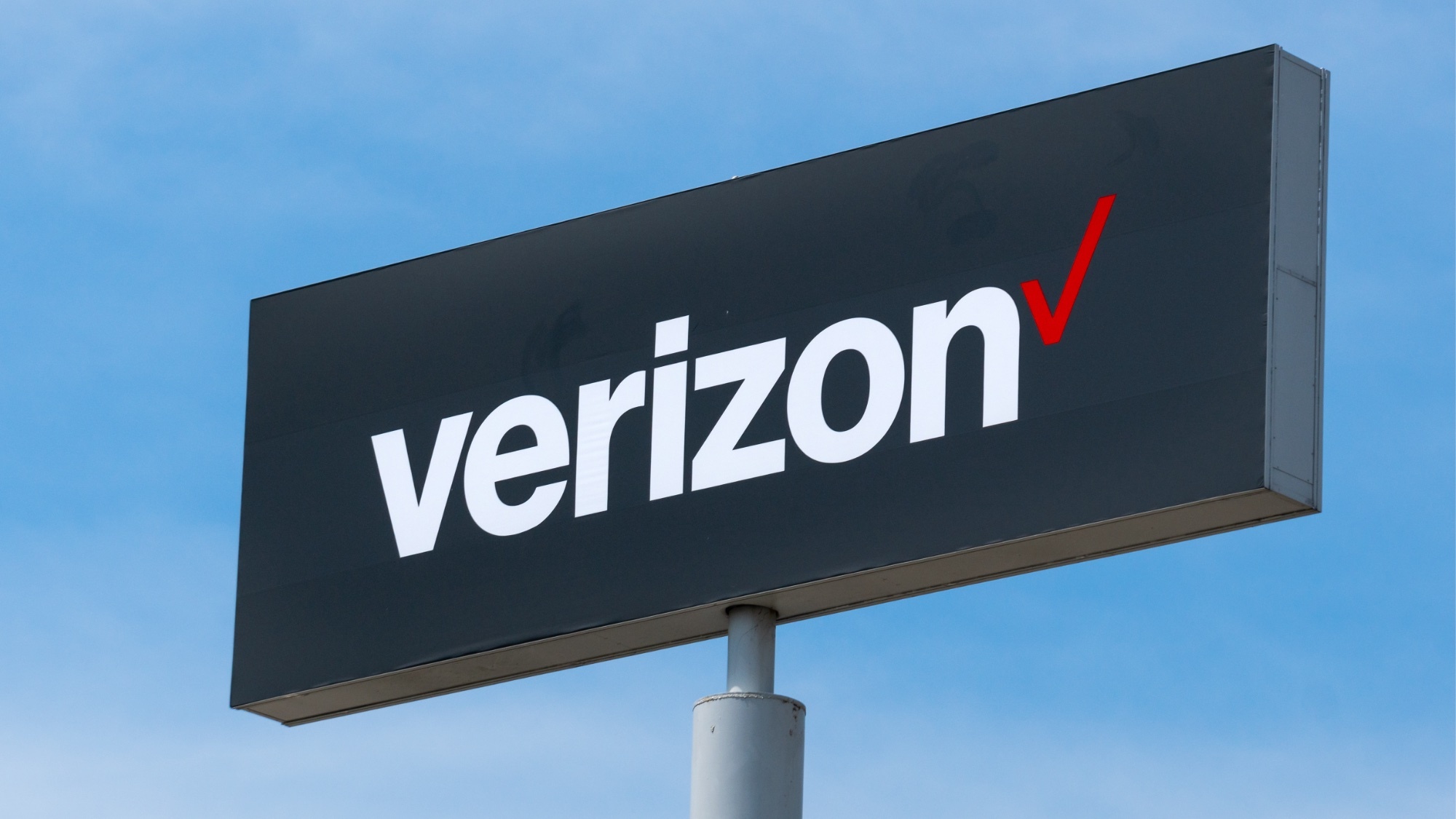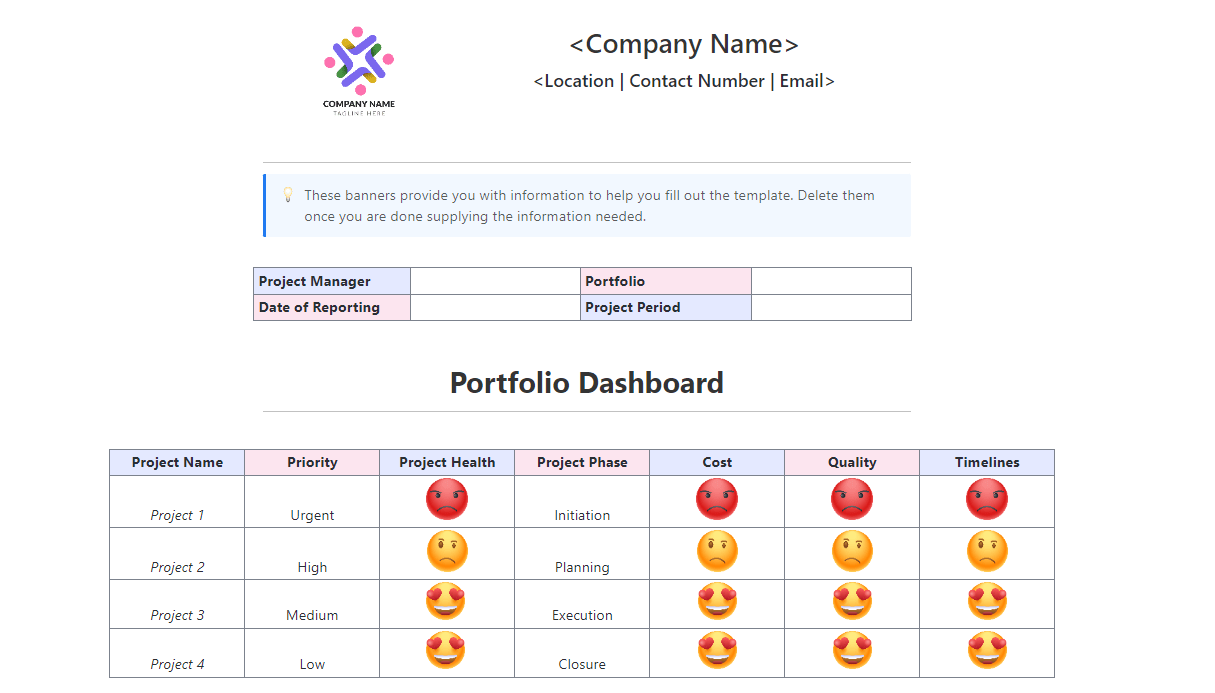In an industry often questioned for its lack of oversight, can a crypto platform build the kind of infrastructure that traditional institutions can trust? Nexo’s recent announcement of completing its third consecutive SOC 2 Type 2 and SOC 3 Type 2 audits suggests that it is trying to do just that, systematically, and quietly.
The digital assets wealth platform has made compliance-driven infrastructure a core part of its roadmap. For Nexo, these audits are not annual obligations but part of a larger plan to meet the due diligence standards expected by banks, hedge funds, and financial regulators. And if the crypto industry is going to mature beyond speculative trading, this is the kind of work that will be required.
SOC Audits: A Framework for Institutional Validation
SOC stands for System and Organization Controls, developed by the American Institute of Certified Public Accountants (AICPA). These are trust frameworks designed to measure how securely companies manage data.
SOC 2 Type 2 focuses on evaluating how internal systems operate over time, not just at a single point. It assesses whether a company’s internal controls around security, confidentiality, and privacy actually work in practice. SOC 3, in contrast, is a general-use version of the SOC 2 report, publicly shareable and often used to communicate trustworthiness without revealing sensitive system details.
These frameworks are widely adopted in fintech and cloud computing. For digital asset companies like Nexo, they are a bridge to institutional acceptance.
Security and Trust at the Infrastructure Layer
The audits were conducted by A-Lign, a recognized third-party compliance and cybersecurity firm. According to Nexo’s official blog post, the certifications validate internal controls across three criteria: Security, Confidentiality, and Privacy.
These include:
-
Access control and authentication protocols
-
Encryption and secure communication systems
-
Data retention and destruction policies
-
Incident response and disaster recovery plans
-
Continuous system monitoring
While these technical layers may seem invisible to the end user, they are exactly what enterprise clients and institutional investors scrutinize before engaging with a digital asset platform.
Kaloyan Yankulov, Head of Security at Nexo, has previously emphasized the importance of institutional-grade frameworks in a space where “self-regulation” has often failed. This audit cycle marks the third year in a row that Nexo has pursued external validation.
What Sets This Apart: Repetition and Consistency
What differentiates Nexo from other crypto firms is not that it completed the audit — it is that it did so three years in a row. In regulated industries, repeatability is often more important than novelty. Institutions look for consistent controls over time, not one-off compliance checkboxes.
The SOC 2 Type 2 audit is not a one-day review. It covers a defined observation window, typically six to twelve months. This means Nexo’s operations were continuously monitored and evaluated against the AICPA’s Trust Services Criteria. Any change in process, failure in execution, or lapse in control could impact the result.
That level of scrutiny is difficult to maintain unless security and compliance are embedded into the company’s culture and technology stack, not bolted on after the fact.
A Market Recalibrating Toward Compliance
The collapse of unregulated exchanges and lending platforms over the last two years has reshaped institutional sentiment toward crypto. Investors are now asking hard questions about data handling, risk management, and operational resilience.
As regulators in the US, EU, and Asia develop clearer rules, companies like Nexo are placing themselves ahead of the curve. SOC audits are not required by law, but they act as preemptive compliance signals — especially useful when dealing with large-scale enterprise clients or partnering with banks.
In an environment of increasing scrutiny, third-party attestations like SOC 2 and SOC 3 create a layer of objective trust. They reduce the perceived risk for clients, partners, and regulators alike.
Audits Are Signals, Not Shields
SOC audits do not guarantee a platform will never be compromised. They are not insurance. But they are signals — indicators of operational maturity and risk awareness. For retail users, this may seem abstract. But for institutional players managing billions in client assets, these audits are table stakes. Without them, platforms like Nexo would never make it past procurement teams or legal departments at traditional finance firms.
Nexo’s triple certification is not a press release to be skimmed. It is a long-term bet on building crypto infrastructure that can stand next to banks and custodians in the same regulatory room. If crypto is going to earn trust from the institutions it once hoped to replace, this is the playbook.
Final Thoughts
While much of the crypto world is still chasing product-market fit or regulatory arbitrage, Nexo is executing on a different strategy: becoming infrastructure-grade. Three years of SOC 2 and SOC 3 audits are not just internal milestones, they are external markers of a company betting on compliance as a moat, not a burden.
As more financial institutions explore digital assets, platforms like Nexo that build with discipline, transparency, and third-party validation will be the ones invited to the table. The question now is, who else is willing to do the hard work?
Dont’t forget to like and share the story!
This author is an independent contributor publishing via our











